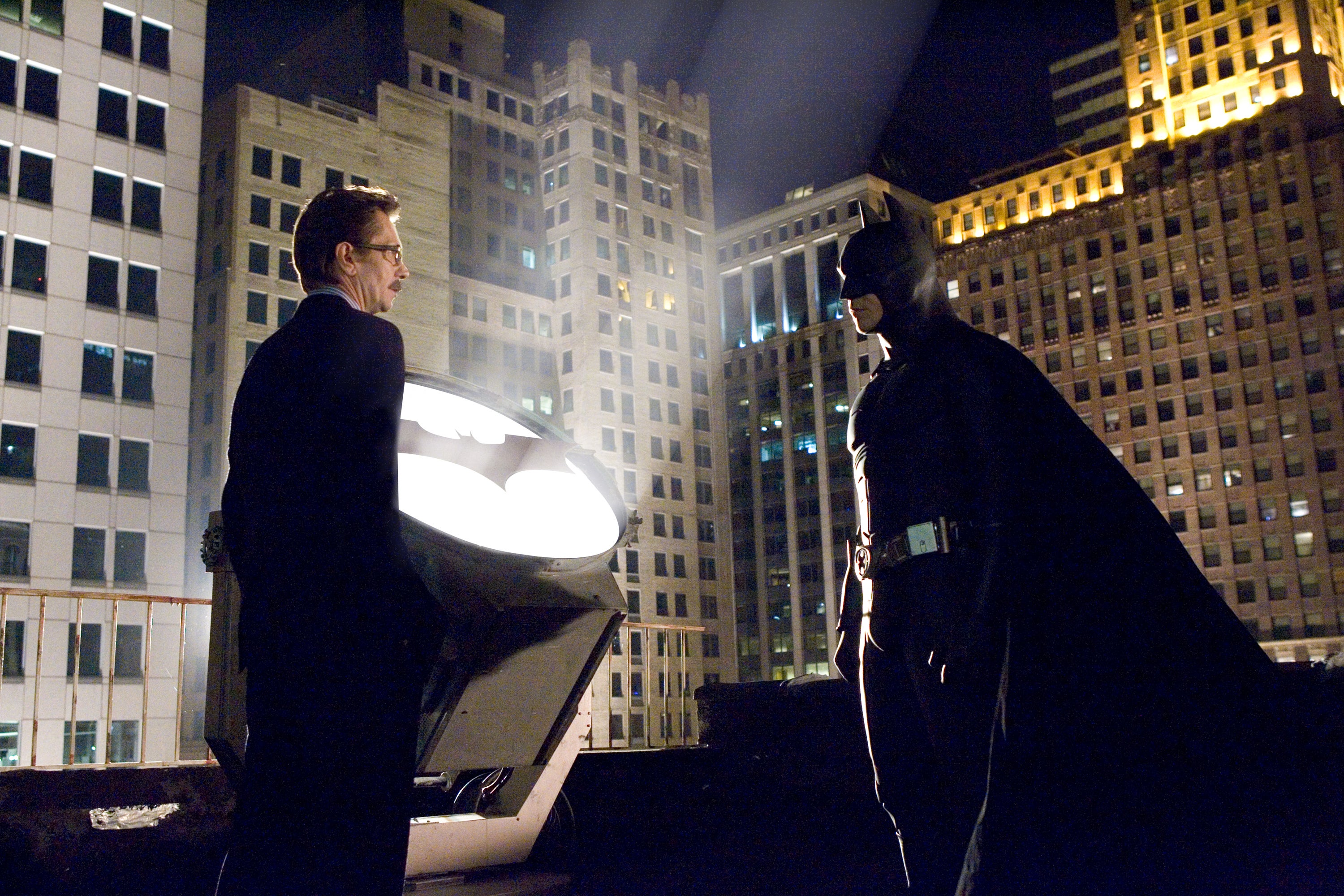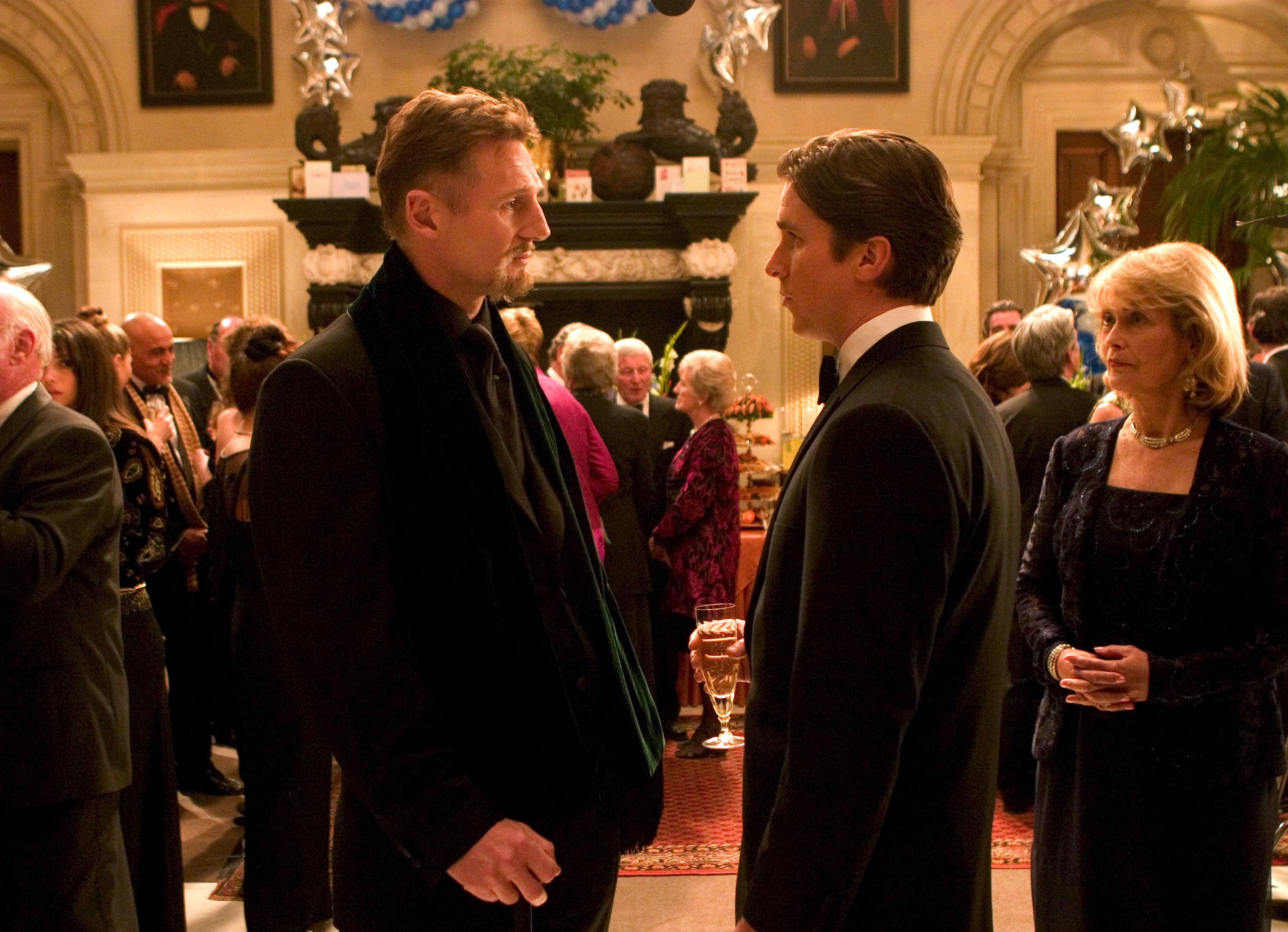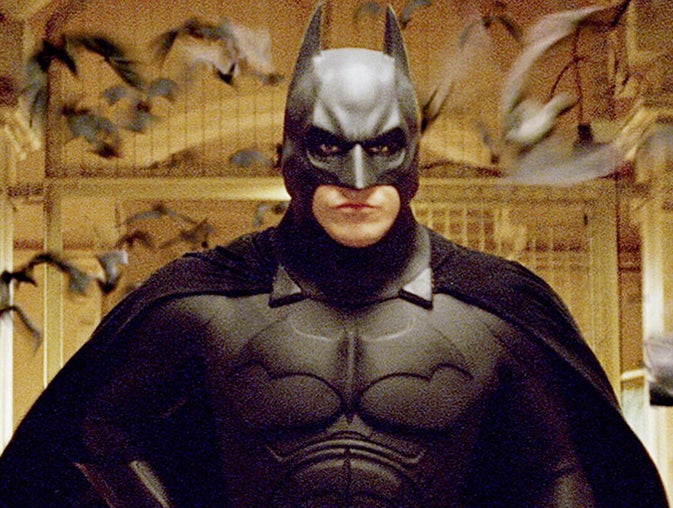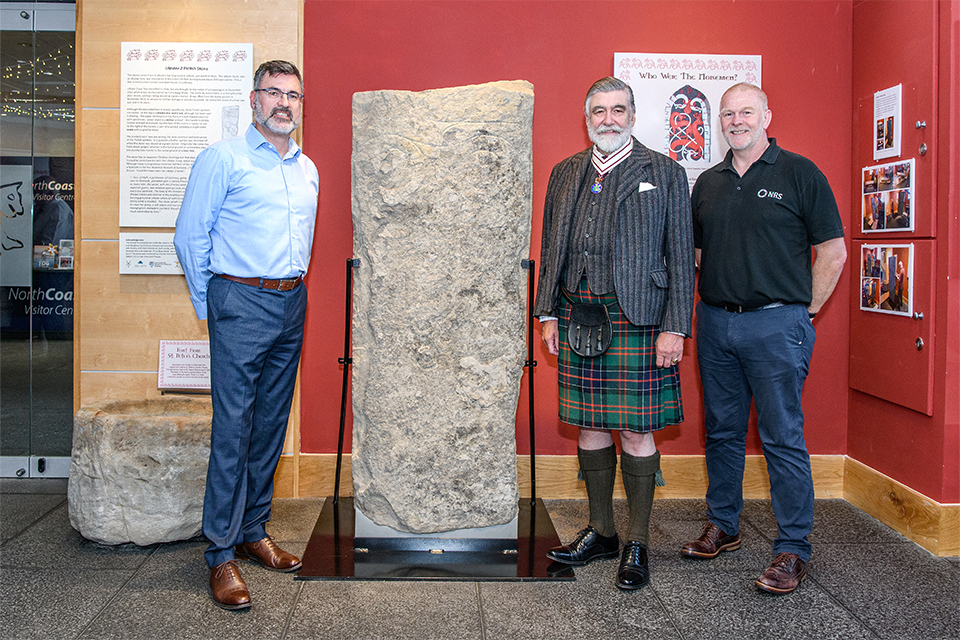The year was 2003, and Batman was at his lowest ebb. After Tim Burton’s two films in 1989 and 1992 successfully reinvented the Caped Crusader on the big screen, something seemed to have gone awry. Joel Schumacher’s Batman Forever (1995) endured a difficult production, and a critical mauling. Batman & Robin, kicking the silliness quotient into overdrive, may have been a future camp classic, but was a present-day disaster: plans for a sequel titled Batman Unchained had been put on ice, Mister Freeze-style.
Enter Christopher Nolan. The man who would quickly become the foremost blockbuster filmmaker of the 21st century was, at the time, still something of an unknown quantity, with just three features to his name: Following (1998), a micro-budget, little-seen indie; Memento, a fiendishly inventive hit, still made on a budget of less than $10m; and Insomnia, a moody Al Pacino thriller. Nolan had yet to direct a big, tentpole blockbuster, and was, by his own admission, “no comic book expert”. Nonetheless, he was able to talk his way into directing the film that would become Batman Begins.
When we look back at Batman Begins today, 20 years after its release, it’s often obfuscated by the shadow of its successor – namely The Dark Knight, Nolan’s 2008 sequel that took its radical ideas one step further, and added, in Heath Ledger’s Joker, a villain that established an entire archetype for cinema. But it’s also swallowed up by the magnitude of later Nolan’s career, the run of muscular, hugely successful blockbusters from Inception to Oppenheimer that made him the biggest populist auteur since Steven Spielberg. To look at the film purely through this lens, however, is to misunderstand the importance of his first Batman endeavour, a film that, in ways both good and bad, changed the very course of Hollywood.
Batman Begins was not the first superhero film of the 2000s to apply an artist’s vision to an oft-mishandled genre. Bryan Singer’s two X-Men films, and Sam Raimi’s first two Spider-Man films, were hugely important in nudging the genre towards a place of artistic credibility, blending goofier comic elements with real-world aesthetics. Spider-Man 2, in particular, infused the genre with an unprecedented pathos, through Alfred Molina’s layered villain, Doctor Octopus. But Batman Begins took the idea one step further.
“From the beginning, my interest was in taking on a superhero story but grounding it in reality, never looking at it as a comic book movie, but rather as any other action/adventure film,” Nolan said, as quoted in the book The Art and Making of the Dark Knight Trilogy, by Jody Duncan Jesser and Janine Pourroy. “I was interested in removing the frame of the comic, if you will, the two-dimensional reality of what a comic book looks like.” This was the pitch that convinced Warner Bros to sign him on, before a word of the screenplay had been written.
To co-write the film, Nolan enlisted David S Goyer, then busy directing the third Blade film – itself, incidentally, a perfect example of the sort of pre-Batman Begins superhero-adaptation looseness that was, unknowingly, about to face a sea change. Nolan and Goyer saw the film as a chance to explore the “fascinating gaps in [Batman’s] mythology” – namely, his gritty origins. (The first glimpse of an adult Bruce Wayne sees him locked in a Bhutanese prison, in a scene Goyer likens to “something out of Midnight Express. This is not your father’s Batman film,” he said.)
Before coming up with any of the story, however, Nolan and Goyer began by envisioning the film’s teaser trailer – a pre-teen Wayne, newly orphaned, falling down a well. They were inspired by a famous photo of John F Kennedy at his father’s graveside, and pictured young Bruce as “the loneliest boy in the world”.
To play the adult Wayne, they cast Nolan’s initial favourite – Christian Bale, then fresh off the set of the 2004 psychological thriller The Machinist. Bale had lost drastic amounts of weight for that role, and it was a pleasant surprise when he showed up for initial Batman screen tests having gained it all back again. Moulding himself into a henched-up crimefighting unit was a trickier proposition, though, and Bale recalled showing up to set with the right weight in the wrong places. (“The crew looked at me like, bloody hell Chris, what are we doing here, Batman or Fatman?”)

It was a physically demanding role for many of its cast, but particularly Bale, with his Batman engaging in complex stunt work, wire work, and pyrotechnic spectacle. It was Bale’s stunt double – jujitsu world champion Buster Reeves – who suggested that Batman adopt the Keysi fighting method, an instinct-centric mix of different fighting styles that required extensive training.

Watch Apple TV+ free for 7 day
New subscribers only. £8.99/mo. after free trial. Plan auto-renews until cancelled.
Try for free
ADVERTISEMENT. If you sign up to this service we will earn commission. This revenue helps to fund journalism across The Independent.

Watch Apple TV+ free for 7 day
New subscribers only. £8.99/mo. after free trial. Plan auto-renews until cancelled.
Try for free
ADVERTISEMENT. If you sign up to this service we will earn commission. This revenue helps to fund journalism across The Independent.
Perhaps Batman Begins’ most lasting influence on the superhero genre was the decision to ground it in a somewhat recognisable reality. Gone were the expressionistic extremes of Burton’s Gotham, a city designed to seem as if “hell burst through the pavement and grew”. In its place was something contemporarily urban. What if Batman really existed? seemed to be the fascinating central question.
This coincided with a shift away from the previous Batman films’ approach to villainy, which would lend more attention (and, on occasion, higher billing) to the zany bad guys than it did to Batman himself. Nolan scrapped this for Begins (even if Ledger would harpoon the limelight for himself three years later), preferring to focus on the twisty psychology of Bruce Wayne.

There was also a need for a fresh villain, with mainstays such as the Joker, Penguin, Riddler and Poison Ivy having been used on film too recently. Asked “who’s left”, Goyer first suggested Calendar Man, who murders victims around a holiday theme. (Nolan: “No way.”) Mad Hatter, Killer Croc, and Clayface were dismissed as similarly daft. So it was that they landed on the bad guys: Ra’s al Ghul (Liam Neeson, playing smartly against type) and deviant scientist Scarecrow (future Nolan go-to Cillian Murphy, then largely unknown to American audiences).
These villains were a far cry from the preening, colourful clowns of the Burton/Schumacher era. Part of the challenge of Nolan’s trilogy was finding ways to humanise villains that had, until then, been rendered only with outsized whimsy. And it wasn’t just the villains – Rachel Dawes (Katie Holmes), Wayne’s would-be love interest, and Alfred (Michael Caine), his diligent manservant, were also given realism and emotional heft. On set, Caine once remarked gratefully that he’d never once had to say the line “dinner is served”. After wrapping filming on 2012’s The Dark Knight Rises, Nolan sent him a butler’s gong engraved with that very phrase. (Who says he has no sense of humour?)
The sense of groundedness filtered through to all branches of the story. The new Batmobile was designed for function over flair. (Nolan initially made a crude clay model that ended up uncannily close to the finished design.) It may be that the film was almost too realistic: during the filming of a chase scene in downtown Chicago, an allegedly drunk driver collided with the Batmobile, having “got so panicked when he saw the car he thought aliens were landing”, Bale later said.

Part of the reason Batman Begins holds up so well – better, by leagues, than many of its contemporaries – was Nolan’s insistence on practical, in-camera effects. Much of the final act is set within Gotham’s slums, known as The Narrows. For these sequences, and to avoid a long run of exhausting night shoots, the crew constructed an elaborate city set within an old dirigible hangar. CGI was only as a last resort – for instance, in the scene when a young Bruce Wayne is formatively swarmed by bats. They initially attempted to use the real thing, but found the animals impossible to choreograph. “They tended to fall to the ground from the shock of being in a studio environment,” recalled visual effects artist Janek Sirrs. “They also crapped all over the place, non-stop.”
When Batman Begins reached cinemas, in the summer of 2005, it was an unmitigated success story – even if it took until the phenomenon of The Dark Knight for Nolan’s achievement to really sink in. A contemporaneous review by The Independent’s Anthony Quinn noted that Batman Begins had brought “the franchise back from the abyss of self-parody”. In a rather hilariously un-prescient conclusion, he wonders if Nolan’s talents aren’t “being squandered on the formulaic thrills of an unworthy genre. […] Hiring Nolan to direct a blockbuster feels a little like hiring Raymond Chandler to compose a Hallmark card. You know it will be competently done, but you also know that opportunities are being missed.”
This is a telling statement, when it comes to the environment into which Batman Begins was born. At that point, superhero films, and indeed blockbusters at large, were considered by many critics to be a lesser pursuit. Even 10 years later, it would become laughable to suggest that Nolan ought to get out of the blockbuster game for his own good.
In some ways, the last 20 years of superhero cinema bears little resemblance to Batman Begins – a blockbuster of restrained and careful craft. Where Nolan’s Batman was driven by practical effects and a classical approach to filmmaking, franchises such as the multibillion-grossing Marvel have taken to CGI with gluttonous abandon. But Batman Begins was the watershed moment. It was, more than any other, a superhero film that demanded to be taken seriously – and audiences have been taking them seriously ever since.



